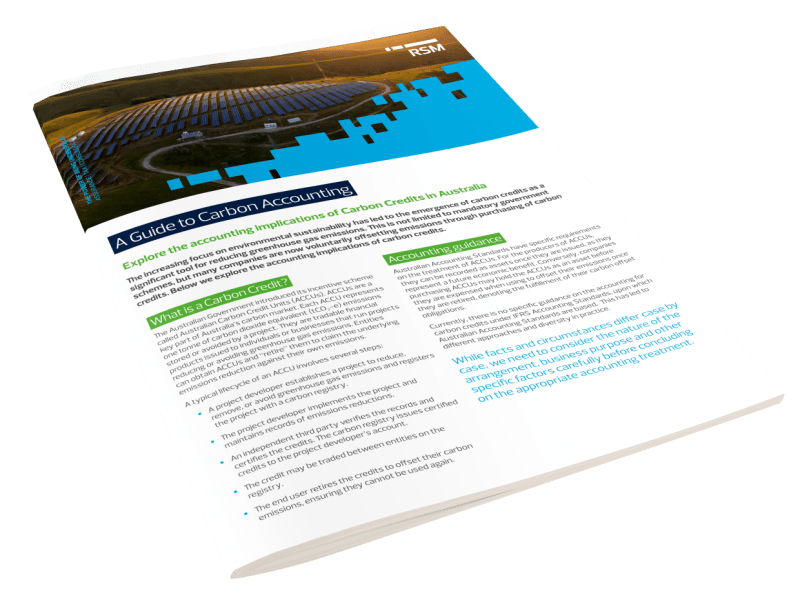AUTHORS
Accounting for COVID-19 related rent concessions and other modifications to lease contracts, from the lessee’s perspective.
Implementing AASB 16 Leases was a substantial task for many preparers, and COVID-19 has brought a new and unexpected source of difficulty and complexity.
The challenges posed by COVID-19 have resulted in a significant increase in the number of leases being renegotiated or modified, usually where tenants can no longer operate or have experienced a sudden drop in revenue.
In Australia, the Mandatory Code of Conduct for Commercial Leases has been put in place in response to require negotiations be held between landlords and tenants in good faith in these circumstances.
The IASB has issued at global level, and the AASB has enacted for use in Australia, a limited-scope amendment to AASB 16 Leases to reduce the administrative burden of accounting for lease adjustments which have arisen as a direct consequence of the COVID-19 pandemic.
In this article, we explain the limited scope amendment to AASB 16 for modifications arising directly from COVID-19 and provide illustrative examples of how different types of modifications would be accounted for.
COVID-19 & AASB 16: the amendment to the standard
The amendment (which does not affect lessors) provides lessees with a practical expedient: it gives them permission to account for any rent concessions which have occurred as a direct consequence of the COVID-19 pandemic as though they are not lease modifications, by giving entities the option not to assess whether COVID-19-related concessions are lease modifications or not.
The expedient applies only to COVID-19-triggered concessions, and only if the following three criteria are met:
- the change in lease payments results in revised consideration for the lease that is substantially the same as, or less than, the consideration for the lease immediately preceding the change;
- the reduction in lease payments affects only payments originally due on or before 30 June 2021; and
- there is no other substantive change to other terms and conditions of the lease.
The benefit from the practical expedient arises because under normal circumstances, lease modifications can be complex, and not all modifications are treated in the same way.
The practical expedient is limited scope in nature. Entities applying it must disclose that it has been applied, and the amount recognised in profit or loss as a result of its application.
What is a modification?
Under AASB 16, a lease modification is a change in the scope or in the consideration payable for an existing lease, which was not part of the original terms and conditions.
This definition recognises that there are many ways in which a lease agreement could change, but that not all would be lease modifications:
- a deed of variation could be signed, to extend the assets captured by the agreement, for some or for no additional consideration;
- a contract could be cancelled, and a new contract over the same assets but with a different term and new options for extensions could be signed;
- a contract could be terminated early by one of the parties, thereby reducing its term;
- the lease payments in a lease could have been written into the original agreement as being subject to variable increases in rent (for example, where they are index-linked in the original lease contract).
The definition of lease modifications under AASB 16 captures changes which:
- Increase the scope of the contract by adding underlying assets;
- Decrease the scope of the contract by removing underlying assets;
- Shorten the contractual term;
- Increase the contractual lease term; or
- Change the value of lease payments.
However, not all of these are treated in the same way: the standard distinguishes between those which must be treated as a separate lease and those which must not, and which instead simply require the initial lease liability to be remeasured.
Lease modifications treated as separate leases
Lease modifications are treated as the creation of a new lease if they add the right to use new underlying assets by increasing the consideration by a value that represents their stand-alone price (including any adjustments to reflect the circumstances of the modified contract).
The modification takes effect on the date when both parties agree to it, and on that date, a new discount rate is determined to measure the new lease, in the same way as a new lease. The original lease is not affected.
When a lease modification is accounted for as a new lease, the lessee accounts for the separate lease in the same way as any new lease, using a new discount rate.
Continue reading the full article below





